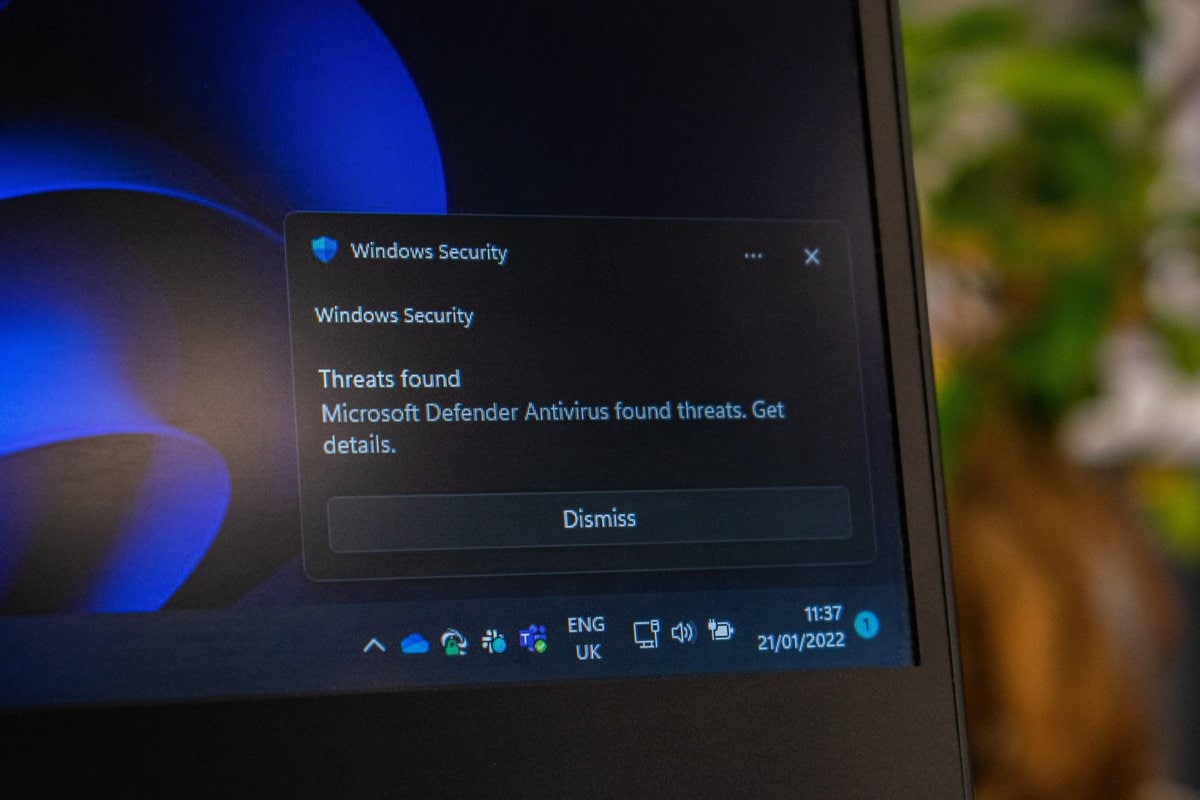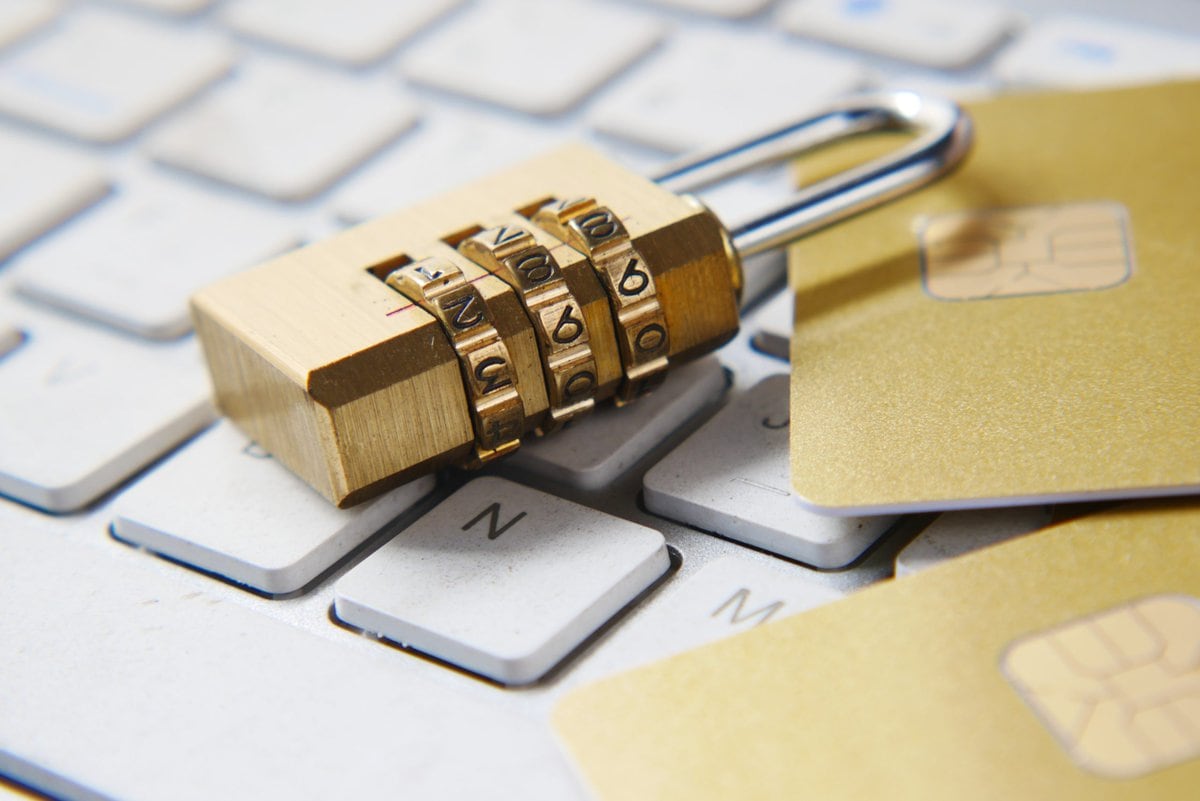Malware attacks are widespread because they are successful. It’s so easy for hackers to get malware on your device. All you have to do is:
- Fall for a phishing scam.
- Click on a fake ad and visit a scam website.
- Click on a phony pop-up.
- Download free movies, apps, or games.
Malware is a cyber threat everyone is familiar with, but many still don’t take any protective measures until it’s too late.

Top 5 Tips to Prevent Malware
With malware on your device, hackers can steal your personal data, identity, or money. You don’t want that to happen. That’s why you should follow these five easy practices most people still overlook.
1. Check links and downloads carefully
Let’s say you were walking down the street and saw a sign that said “Free Candy” with an arrow leading you into a dark alley. You’d be suspicious. Even if the sign had flashing lights, you’d still turn around and go the other way. Well, you should exercise the same level of caution online.
Many unfamiliar sites offer free downloads. Before you click:
- Do a little research.
- Check for reviews on Google.
- See if someone has gotten scammed by that site before.
You can hold off watching that new movie, using that free video editor, or playing that new game for 15 minutes until you get enough information.
Hackers are constantly inventing new methods to spread malware. One of their most successful tricks is using double file extensions. So, you’d think you’re downloading a document, while in reality, it’s an executable virus.
For example, a phishing email can have an executable (.EXE) attachment disguised under the file named “incoice.docx.” In the same way, a phishing link could lead you to a site with a domain like “amazon.com.ru.” You’d think it’s the official website, but it’s a fake site masquerading as Amazon.
Fake websites usually try to steal your credentials, while suspicious double file extension execution will install malware on your device.
2. Use an antivirus
You can’t go your whole life without downloading anything. That’s why you need an antivirus. It scans files and checks whether they contain malware.
It’s also a good idea to scan your entire device for malware from time to time. If you download many files, once a week is enough. If not, make it a habit to do so once per month.
3. Avoid phishing
Many people open emails from unknown senders and download attachments and images. Just because someone sends you an email doesn’t mean it’s authentic or safe. Learning to recognize phishing and using tools to help you spot malicious links and attachments is essential to avoid falling victim to it.
Many scammers send out spam and hope that at least one person will bite. They lace attachments with malware, and the only click you should make is towards the report button.
4. Update everything
Every operating system, app, and website is susceptible to cyberattacks because hackers exploit existing vulnerabilities. Cybersecurity experts try to stay one step ahead of hackers and patch existing flaws through updates. Users get stuck in the middle.
There’s nothing to worry about if you have automatic updates enabled on everything. But if you decline the notification when it shows up, there’s a risk for your device. Make sure to install the newest versions. It’s the easiest yet most overlooked practice.
5. Don’t click on pop-ups
Occasionally, you’ll land on a pop-up claiming your device is infected, and you need to download a piece of free software to protect it. That’s a trick hackers use to scam you. Don’t fall for it. The correct course of action is to click out of the pop-up or exit the website immediately.
The same goes for many online ads. It’s common for hackers to buy advertisements that lead to their fake websites. So be careful with banners online or use an adblocker not to display them at all.
How Do You Know if Your Device Has Malware?
If you notice that your device behaves differently from before, it might be infected with malware. One of the first signs is seeing repeated error messages, experiencing crashes, or a sudden decrease in speed. That’s often combined with freezes or the inability to restart and shut it down.
A different category of malware is related to showing you ads. You’ll notice inappropriate ads and pop-ups in places where you don’t usually see them. They might even override your Adblock, change your default search engine or browser, and open tabs you don’t want. It can install programs and apps on your device and change toolbars, icons, or the homepage.

What to Do if You Have Malware?
The first thing you should do is log out of all social media accounts and banking apps. Use a different device, ideally one that wasn’t connected to the same network, to change the passwords. You don’t want hackers to have full access to your identity.
Then, install an antivirus from a reputable source and delete anything it finds as an issue. If you’re still doubtful, reinstall the entire operating system.

